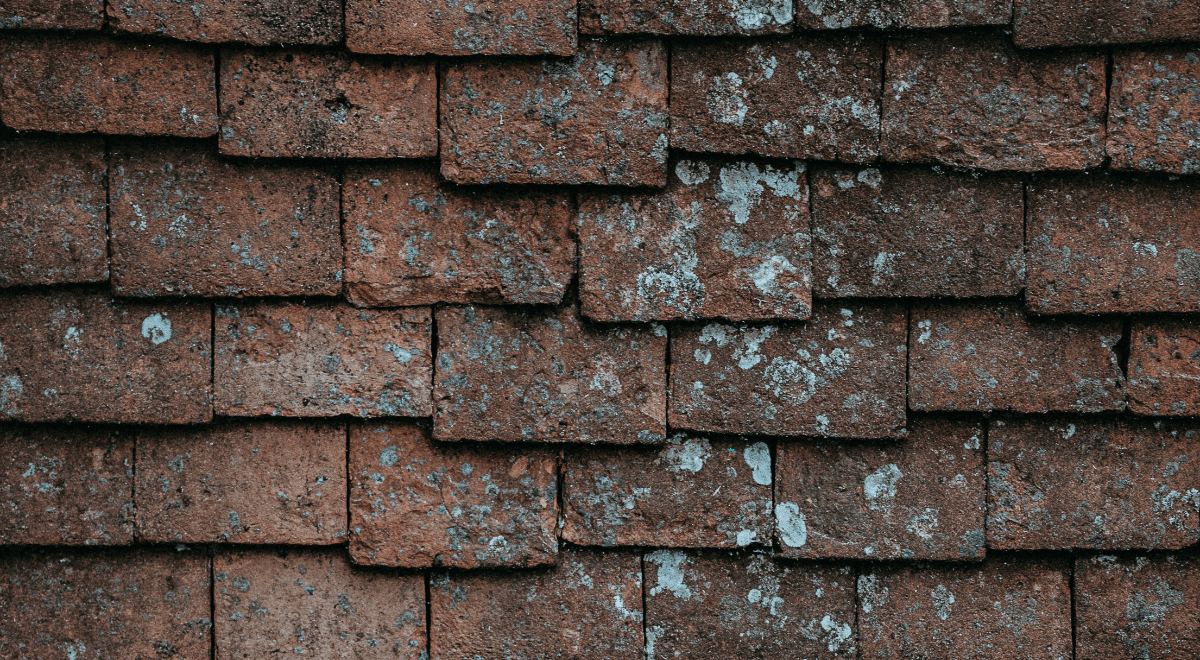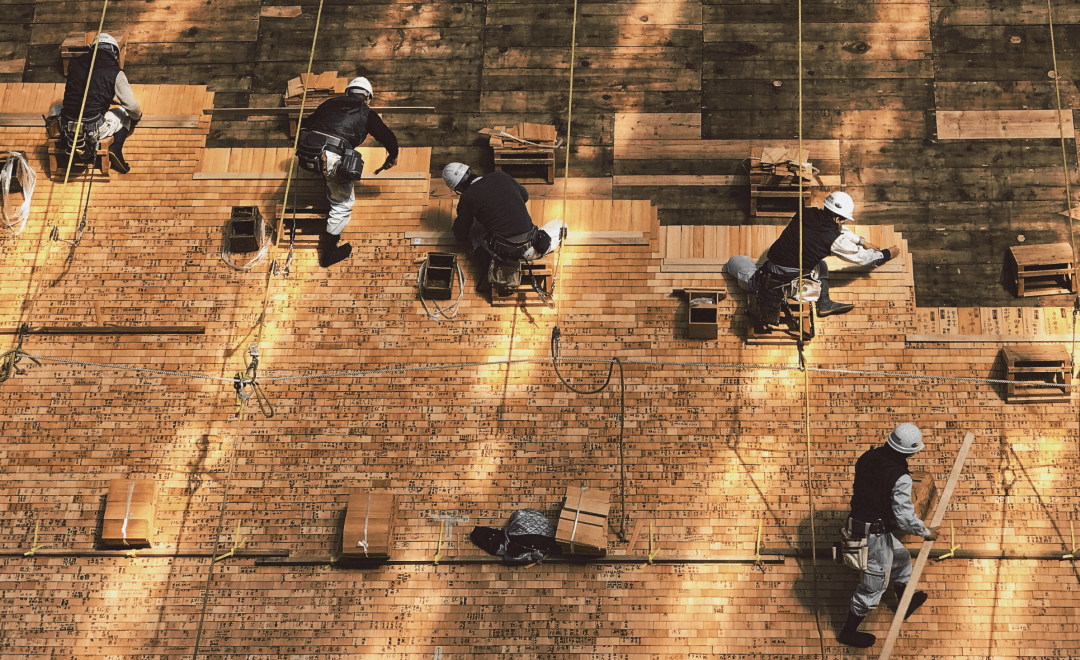Do-it-yourself roofing projects are not typically the simplest or cheapest home improvement tasks. It can often more cost effective to put in the work and roof your own home, so we have provided this roofing materials with information of materials and supply estimates to help get you started.
What supplies will I need?
•Nails: use to secure the underlayment and shingles, and other components to the roof
•Hammer/Nail Gun: nail guns are great for large roofing projects and can speed things up considerably.
•Utility Knife: use to cut shingles and underlayment to customize shape and edges as needed.
•Crowbar: use to remove nails when removing old shingles
•Flat or Scraper Shovel: use to remove old shingles
•Sealant or Caulk: apply in areas where water can get in, such as vents, chimneys, flashing, and even nail holes
•Tarp: use to cover over works pace overnight or while raining
•Ladder/Scaffolding: use to safely transport yourself and supplies onto the roof
•Chalk line: snap a chalk like to create a straight mark along your rooftop so that you’re shingles are placed in a symmetrical line.
•Plywood: use to fix or replace damaged or rotting wood prior to replacing shingles
•Asphalt Shingles: use to insulate and protect the roof from the damage of outside forces. Can make your own ridge cap shingles out of these.
•Underlayment: the layer between the shingles and the roof itself; often use felt or tar paper.
•Drip Edge: the metal at the bottom edge of the roof close to the gutters that helps with water run off
•Flashing: sections of sheet metal or aluminum used to cover areas with angles and joints (such as near chimneys or the roof meet the siding) to help combat water leakage
•Boots: needed to cover the base of pipes or anything else sticking out of the roof
•Venting System: helps maintain the roof’s integrity during both cold and hot weather
•Ice Shield: for use in areas that experience harshly cold conditions
There are of course other variables and supplies you may need depending on the dimensions and style of your project as well as other factors like a specific aesthetic.
Types of Roofing Materials
The most common material for residential roofing in the U.S. is asphalt shingles. However there are a diverse variety of roofing materials from slate and stone to newer trends such as green a solar roofs. Click here read more about roof types.

How do I know how much to buy?
The first step to figuring out material estimates is to calculate the dimensions of your roof. This means measuring the surface area/square footage and finding the slope. To calculate the square footage, multiply the roof’s length by the roof’s height.
If you take this number and divide it by 100, that will give you the number of “squares” on your roof. The same measurements apply when estimating and purchasing underlayment.
For each “square”, it takes three bundles of standard 3-tab asphalt shingles to cover that area. One standard underlayment (#15 is the most common) will cover four of these “squares”. Be prepared by adding 10% material to your estimate to factor in waste and other variables.
Roofing Costs
National Average | $7,000
Typical Range | $5,000 – $10,000
Low End | $1,200
High End | $30,000
For drip edges, just measure the entire length and then again add 10% when purchasing. In the case of corners and cap materials (such as ridge caps), simply measure the length of the ridges and grooves that will need to be covered.
Always get 1-inch nails for normal asphalt roofing. On average you should use four nails per shingle (more if in a windy area). This comes out to 320 nails per square foot.

Conclusion
There are many more resources and tips that can help you get started for do-it-yourself roofing projects. We hope this roofing material guide helps you with your project. For more questions about roofing or to hire a professional, contact David Barbale for consultations and free estimates.

